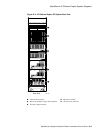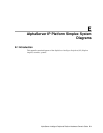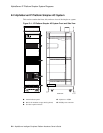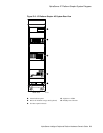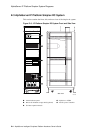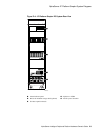
Glossary
Glossary-4
AlphaServer Intelligent Peripheral Platform Hardware Owner's Guide
LAN
Local area network. A high-speed network that supports computers connected over limited
distances.
light-emitting diode (LED)
An indicator of status on an IP subsystem.
MAC (media access control) address
A unique 48-bit binary number (usually represented as a 12-digit hexadecimal number)
encoded in a device's circuitry to identify it on a local area network.
Maintenance Operations Protocol (MOP) session
A logical connection using the Maintenance Operations Protocol (MOP).
mass storage device
An input/output device on which data is stored. Typical mass storage devices include disks,
magnetic tapes, and CD-ROM.
module
A hardware or software component that is a self-contained system interacting with a larger
system. Hardware modules are often made to plug into a main system.
network
A collection of computers, terminals, and other devices together with the hardware and
software that enables them to exchange data and share resources over either short or long
distances.
network management station (NMS)
A PC or workstation equipped with an Ethernet, FDDI, or Token Ring network module and
HUBwatch software that enables it to communicate with and manage network modules.
network modules
Modular devices that provide network connectivity or services that can be installed in a
DEChub backplane or used as standalone devices. Network modules include repeaters,
concentrators, bridges, brouters, access servers, switches, and SNMP agents.
PCI
Peripheral component interconnect. An industry-standard expansion I/O bus that is the
preferred bus for high-performance I/O options. PCI is available in a 32-bit version and a 64-
bit version.
PCI-to-EISA bridge
The capability to transfer commonly available EISA and ISA options to the PCI bus.
protocol
A formal set of rules governing the format, timing, sequencing, and error control of
exchanged messages on a data network.



